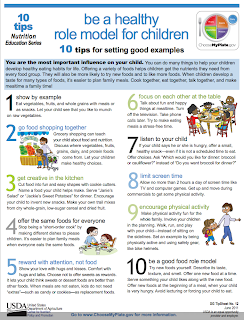Any food made from wheat, rice, oats, cornmeal, barley, or another cereal grain is a grain product. Bread, pasta, oatmeal, breakfast cereals, tortillas, and grits are examples. Grains are divided into two
subgroups, whole grains and refined grains. Whole grains contain the entire grain kernel, the bran, germ, and endosperm. People who eat whole grains as part of a healthy diet have a reduced risk of some chronic diseases.
Here is 10 tips to help you eat whole grains
1. Substitute a whole-grain product for a refined-grain product. For example, eat 100% whole-wheat bread or bagels instead of white bread or bagels, or brown rice instead of white rice.
2. Popcorn, a whole grain, can be a healthy snack. Make it with little or no added salt or butter.
3. Cook extra bulgur or barley when you have time. Freeze half to heat and serve later as a quick side dish.
4. Use whole grains in mixed dishes, such as barley in vegetables soups or stews and bulgur wheat in casseroles or stir-fries. Try a quinoa salad or pilaf.
5. Try brown rice or whole-wheat pasta.
6. Bake up some whole-grain goodness
7. Be a good role model and set a good example for children by serving and eating whole grains.
8. Use the Nutrition Facts label to check the fiber content of whole-grain foods.
9. Read the ingredients list and choose products that name a whole-grain ingredients first on the list.
10. Be a smart shopper
How much do you pay attention to Nutrition Facts?











































